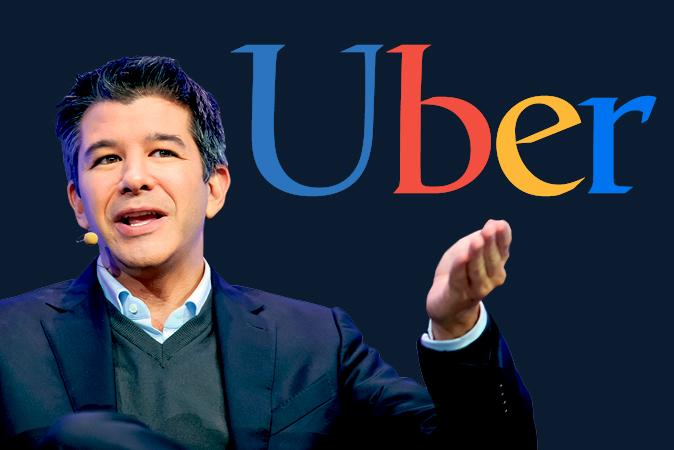Uber’s announcement Monday that it was partnering with Carnegie Mellon to develop autonomous car technology coincided with rumors that Google was creating its own ride-hailing app, fueling speculations of an impending show-down between the two companies.
Google swiftly denied the rumors, tweeting that “We think you'll find Uber and Lyft work quite well. We use them all the time,” and told the Wall Street Journal that the program was only an internal tool to help Google employees commute to work.





